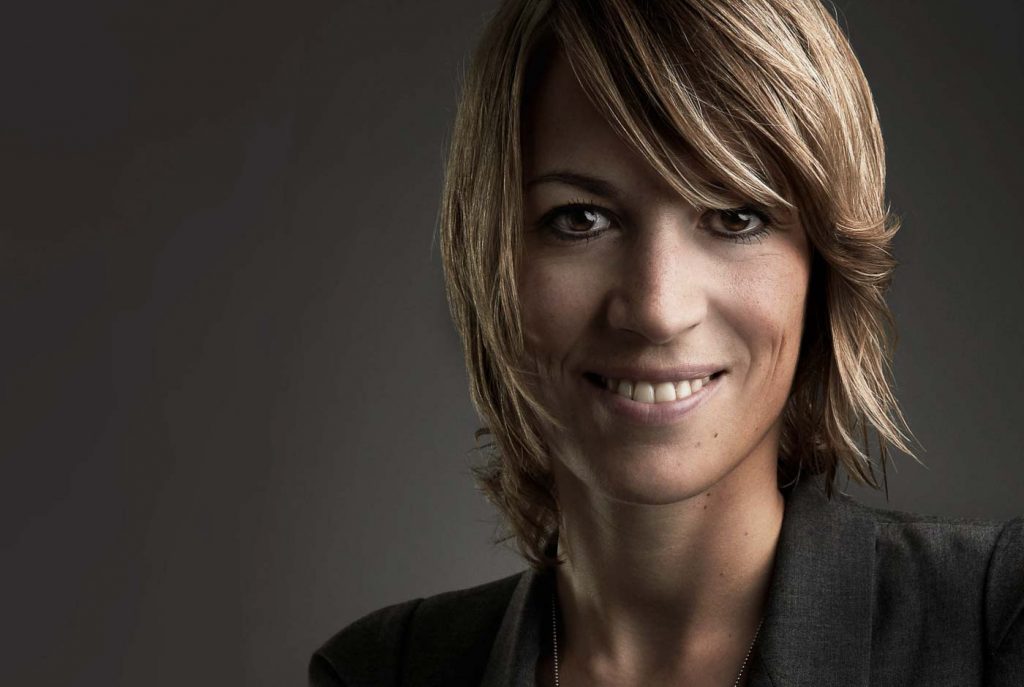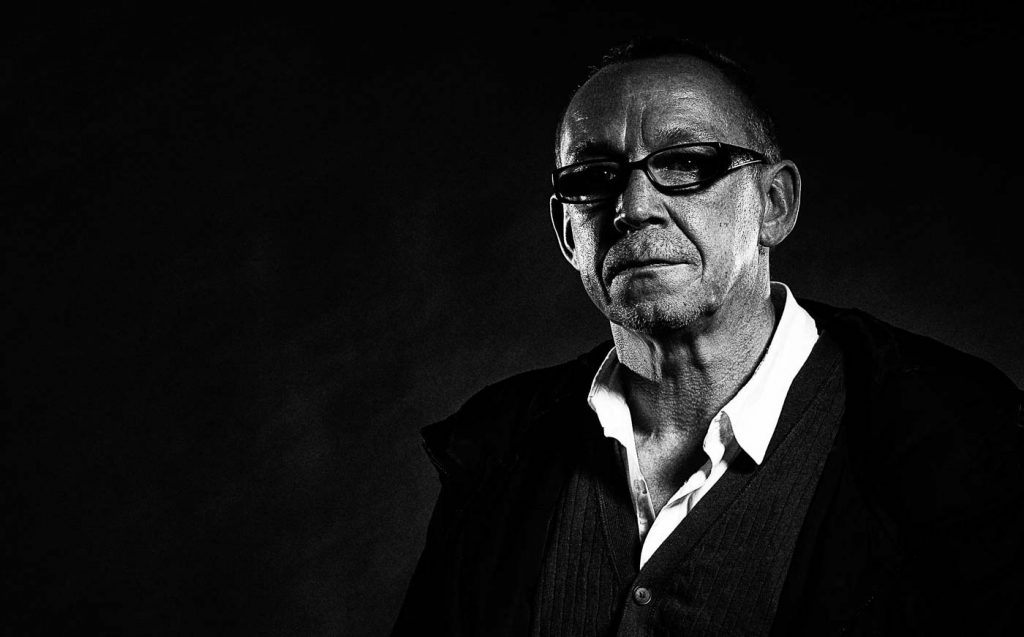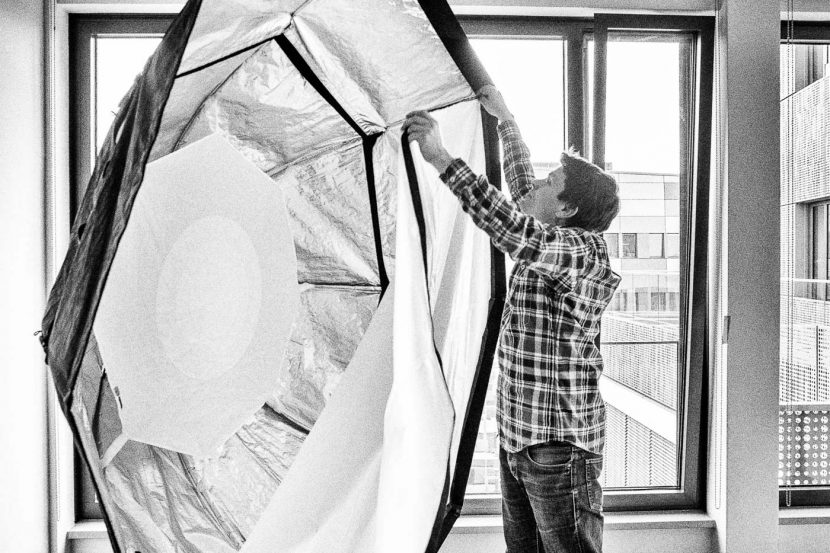Big Lights, Big Sights!
Now, nobody expects customers to know about the different aspects of photographic lighting. About how different light sources have a different effect on how smooth or rough someone’s face looks.
However, a little knowledge doesn’t harm and makes it easier to understand why a photographer uses certain lighting equipment.
There is only two things that are important to know:
- A large light source creates soft light,
- A small light source creates hard light.
Now, of course, ‘soft’ and ‘hard’ are relative terms. But in relation to the distance to an object both have a contrary effect. Because a large light source wraps its emitting light far more around an object and fills the areas pointing away from it still with at least some light, a hard light source generates far less bouncing light rays which could potentially light up any shadows.
Chances are that most clients never see any portrait photographer using hard lights (small light sources). Most photographers prefer to use large area light sources to create a soft light which in turn creates a (mostly) pleasing look. Objects in soft light are less likely to show creases/wrinkles and human faces usually look fresher and younger, which is what most customers want.
A large (and hence soft) light is also what is commonly used when several people have to be photographed in the same lighting setup. While a hard light setting may work for one person, it may not look pleasing for another.
A good photographer I need to know about the different technical options and I need to be able to choose accordingly. This depends on the subject and on the visual impression the final image has to convey.
The next time you visit a local photographer ask him what lights he would recommend to you. I bet £5 he recommends a |nice and soft| light that makes you look ‘great’!
Two example portraits with both soft and hard lights


